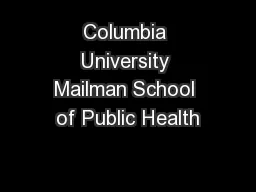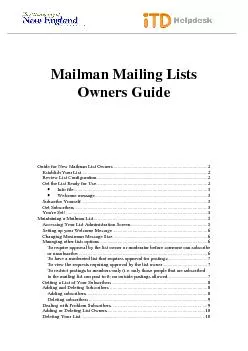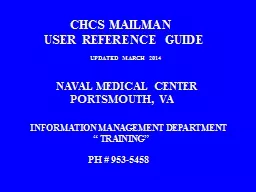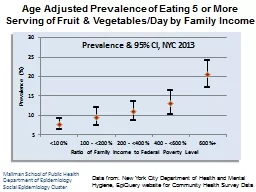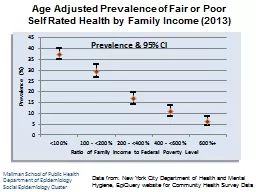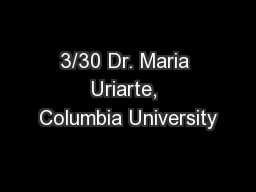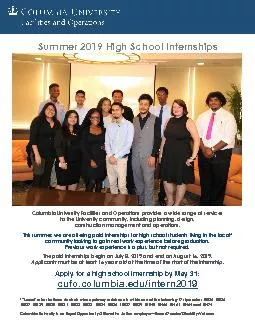PPT-Columbia University Mailman School of Public Health
Author : lindy-dunigan | Published Date : 2018-12-04
23 June 2016 Refugee Health 653 MILLION Forcibly displaced people 245 MILLION Refugees amp asylum seekers 48 MILLION Syrian r efugees amp asylum seekers
Presentation Embed Code
Download Presentation
Download Presentation The PPT/PDF document "Columbia University Mailman School of Pu..." is the property of its rightful owner. Permission is granted to download and print the materials on this website for personal, non-commercial use only, and to display it on your personal computer provided you do not modify the materials and that you retain all copyright notices contained in the materials. By downloading content from our website, you accept the terms of this agreement.
Columbia University Mailman School of Public Health: Transcript
Download Rules Of Document
"Columbia University Mailman School of Public Health"The content belongs to its owner. You may download and print it for personal use, without modification, and keep all copyright notices. By downloading, you agree to these terms.
Related Documents

